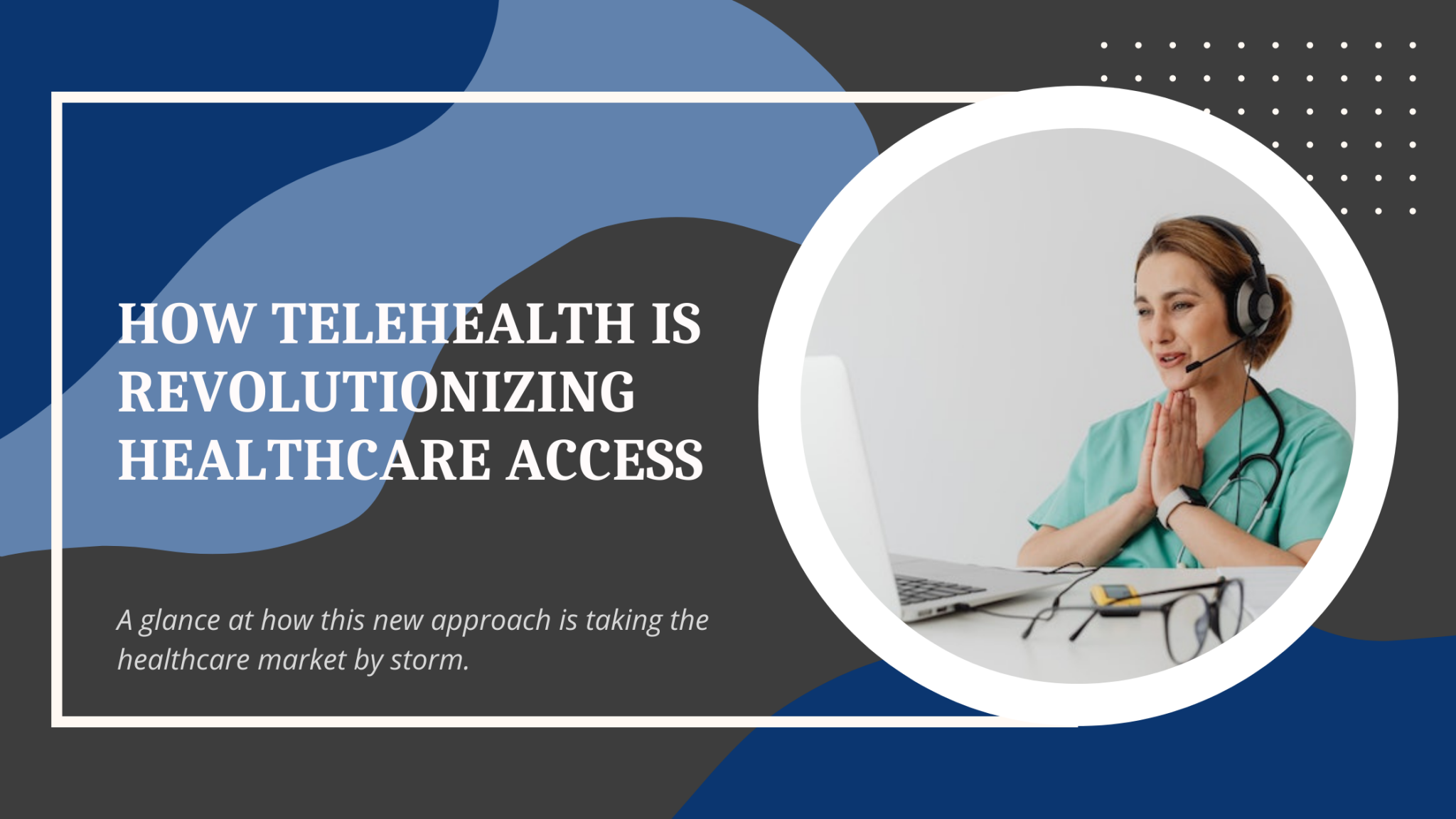
Traveling to a doctor’s office and waiting for hours to be seen for a relatively simple issue can be exhausting. According to a study in the American Journal of Managed Care, people spend an average of 121 minutes total each time they seek medical care. Only 20 minutes of that total is spent with the physician, with travel and waiting periods making up the bulk of time spent. This is costly, frustrating, and inconvenient for many Americans.
In a post-COVID world, it’s more important now than ever to be conscious of how we spend our time, money, and energy. This shift in a wellness perspective has opened the door for a new approach in healthcare to best fit the busy lives of Americans: Telehealth.

What is Telehealth?
Telehealth is a method of providing medical and mental health care remotely, usually through a smartphone, computer, or tablet. Sometimes referred to as telemedicine or “virtual visits”, it offers a wide range of benefits to patients who are unable to attend in-person medical care visits. In most cases, telehealth is conducted via a secure video conference session. Though completely at their own discretion, some doctors offer the option to exchange emails, text messages, phone calls, and/or a dedicated telehealth app.
How Is It Revolutionizing Healthcare Access?
- Comfort and convenience: Unlike in-person medical visits, Telehealth is easier to fit into your busy schedule. There is no need to arrange childcare, request off from work, or commute to the doctor’s location. Everything is provided within the comfort and convenience of your own home, which makes the experience far more comfortable and convenient.
- Lower costs in general: Typically, telehealth visits are less costly than in-person visits, which often incur additional fees for staffing the front desk, paperwork, and using their facilities. By setting up a virtual visit, you avoid these little fees that often pile up into a large bill. There are also decreased out-of-pocket expenses, which go a long way to shrinking the cost of a virtual visit.
- Increases accessibility: perhaps one of the most vital benefits of telehealth is its removal of barriers, making it far more accessible than in-person visits. It brings medical care to people in underserved urban neighborhoods and rural areas. It also provides accessibility to those with mobility, transportation, mental health, or medical insurance concerns. This makes it one of the most convenient, accessible, and versatile healthcare alternatives for a wide range of people with diverse needs.
It’s impossible to completely remove the need for in-person visits. After all, some conditions will require being seen by a specialist face-to-face for labs and procedures. Furthermore, not all health insurance plans will cover virtual visits with providers willing to offer telemedicine.
However, telehealth services give people a measure of self-advocacy, accessibility, and a sense of control over their health. It breaks down economic, social, and geographical barriers, bringing flexible and affordable healthcare services to those who need it most. Review your health insurance policy today to find out if telehealth services are covered!
Want to stay informed about industry news and resources? Check out our blog!
Additional Sources:
What is telehealth? | Telehealth.HHS.gov
Telehealth: What Is It, How to Prepare, Is It Covered? | National Institute on Aging (nih.gov)
US Telehealth user statistics and forecast for 2022 (insiderintelligence.com)
How Much Time & Money Is Wasted Waiting in Doctor’s Offices | Money

